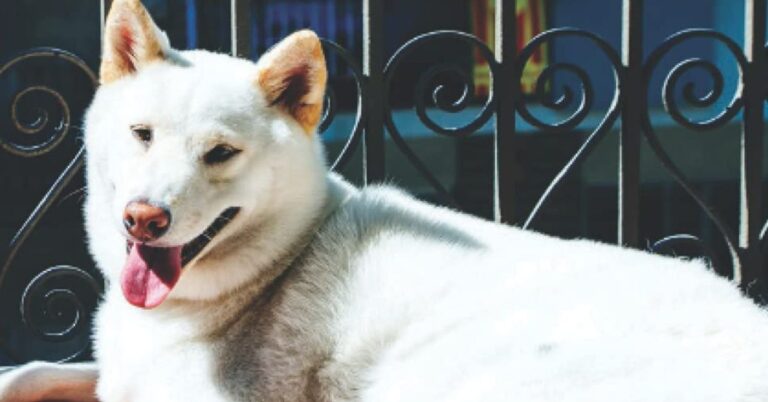10 Dog Breeds That Aren’t Ideal For Every Home
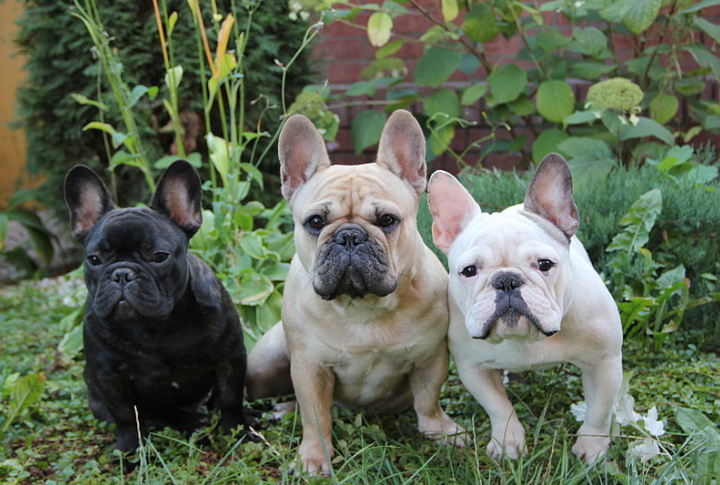
Not every dog fits into a new home like a cozy little dream. Some arrive and instantly flip the routine on its head. It’s not that they’re bad dogs—they just need something different. A breed that works great for one family might be way too much for another. So, here’s a closer look at ten breeds that aren’t the best fit for every household.
French Bulldog

Brachycephalic breeds may steal your heart with their cute faces, but those flat noses come with big breathing issues. That snorting and snoring? It’s not just funny—it’s a sign they’re having trouble breathing. In fact, many of these dogs need surgery to clear up airway blockages.
Dalmatian
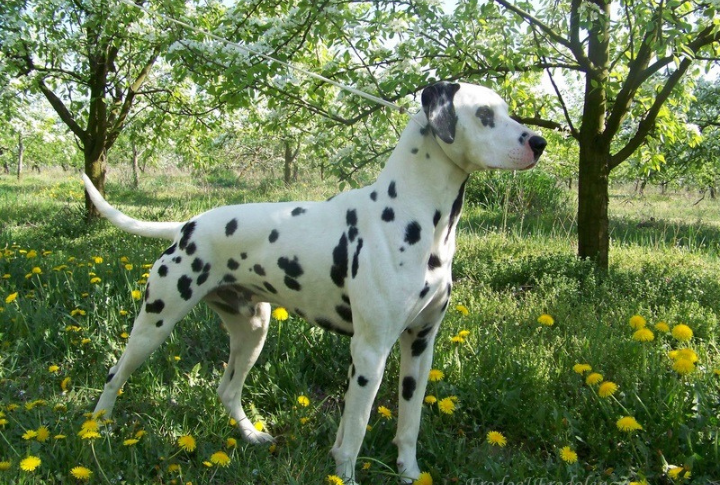
Disney made Dalmatians famous, but real life isn’t a fairytale. High-energy needs, strong-willed nature, and a tendency toward deafness make them challenging pets. Families expecting a gentle, low-maintenance dog often end up being overwhelmed.
Siberian Husky
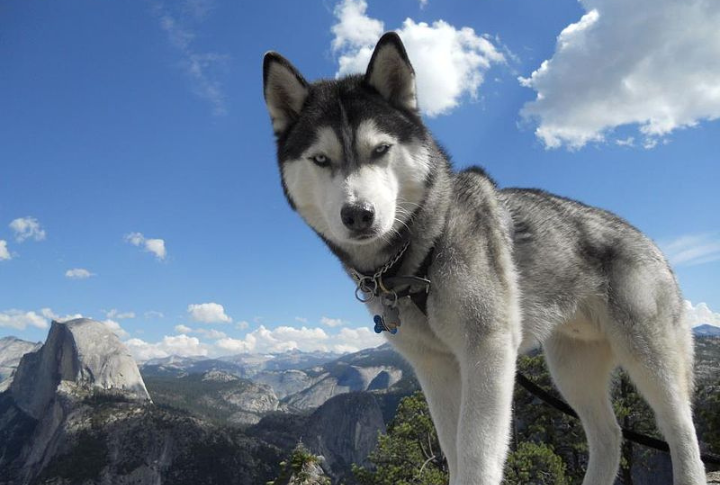
If you’re not up for constant search missions, this breed might not be the best choice. They love to run, and without enough exercise and secure fencing, they’ll take any chance to escape. Keeping them contained requires extra effort and attention.
Saint Bernard
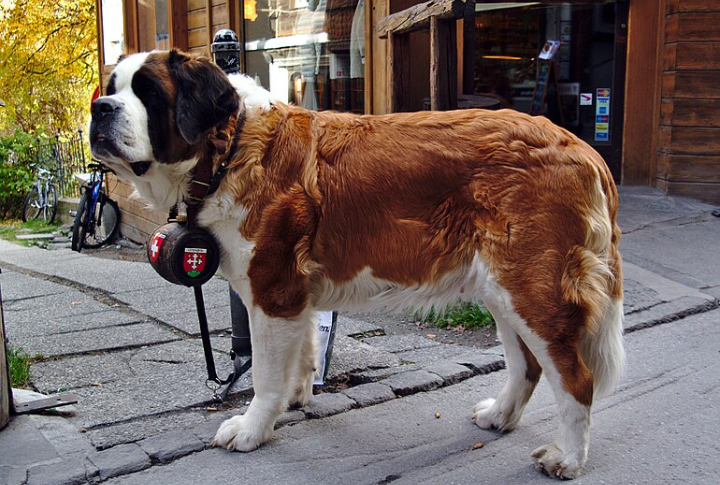
Massive size means massive responsibilities. Saint Bernards don’t belong in apartments, track mud everywhere, and drool constantly. While they’re cute as puppies, they can be overwhelming when fully grown. With their size and strength, they require a household that can accommodate their needs.
Great Dane
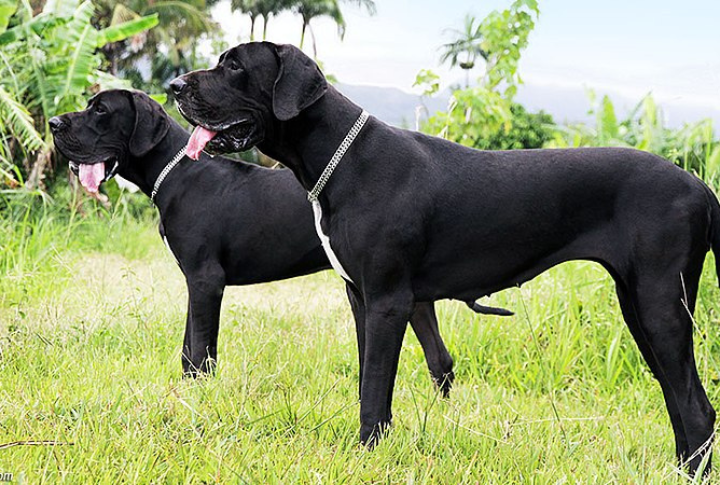
Great Danes, due to their large size and heat regulation challenges, can be more susceptible to overheating. Even moderate exercise in warm weather may increase the risk of heatstroke, which makes outdoor play more limited. They may not be the best fit for hot or humid climates.
Border Collie
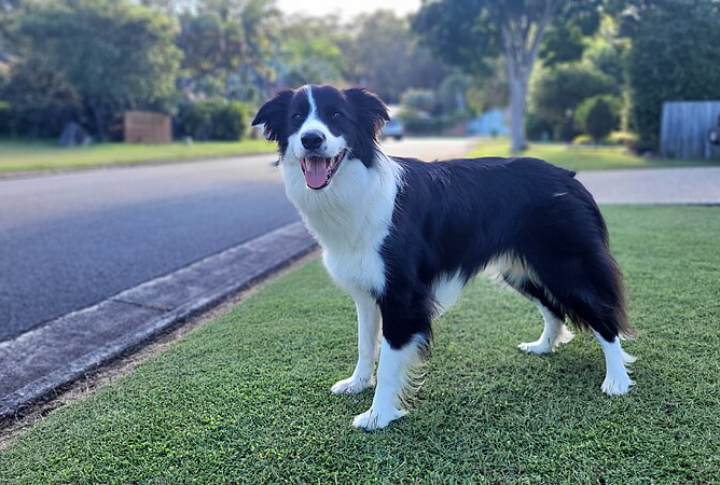
Imagine a dog pacing the living room, unable to settle. Border Collies aren’t content with lounging—they need constant mental and physical stimulation. If you don’t have endless time for training, this breed is better suited to farm life.
Teacup Yorkie
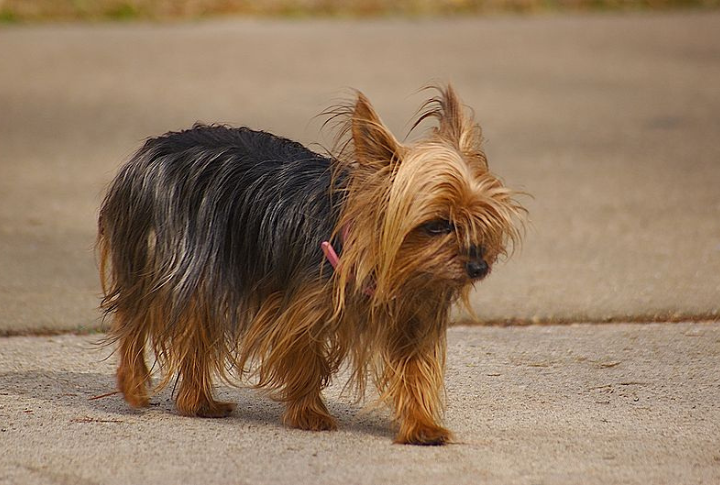
Social media often glamorizes tiny dogs, but extreme miniaturization can lead to health issues such as weak bones and organ failure, resulting in shorter lifespans for many. Before adopting, it’s important to consider the potential health challenges they face due to their breeding practices.
Cocker Spaniel
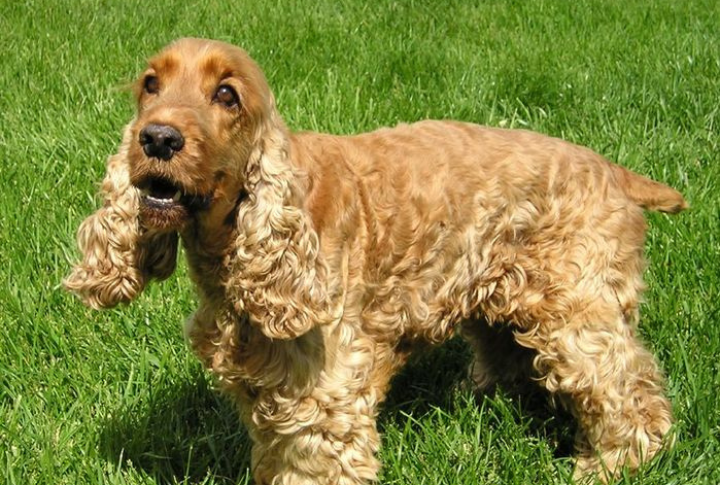
Can a sweet face hide a temper? Absolutely. Cocker Spaniels are lovable, but some can develop possessive behaviors over food and toys. Without proper socialization, this instinct to guard can lead to aggressive outbursts, making them challenging around small children or inexperienced owners.
English Bulldog
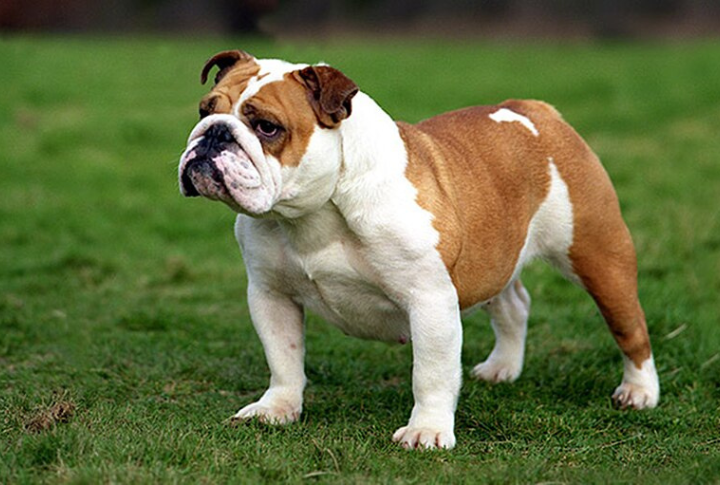
Generations of selective breeding have shaped a breed with unique traits and health challenges. While their adorable wrinkles and compact bodies make them beloved companions, they can also face issues like skin infections, joint problems, breathing difficulties, and weak bones.
Australian Shepherd
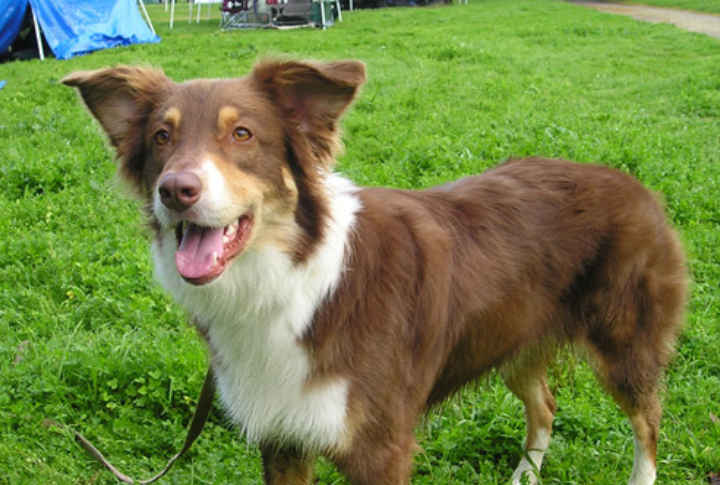
Bred for open fields, Australian Shepherd dogs struggle in apartments. Lack of work leads to destructive behaviors, neurotic tendencies, anxiety, and endless frustration. Just simple walks won’t cut it; structured exercise and mental stimulation are non-negotiable.



